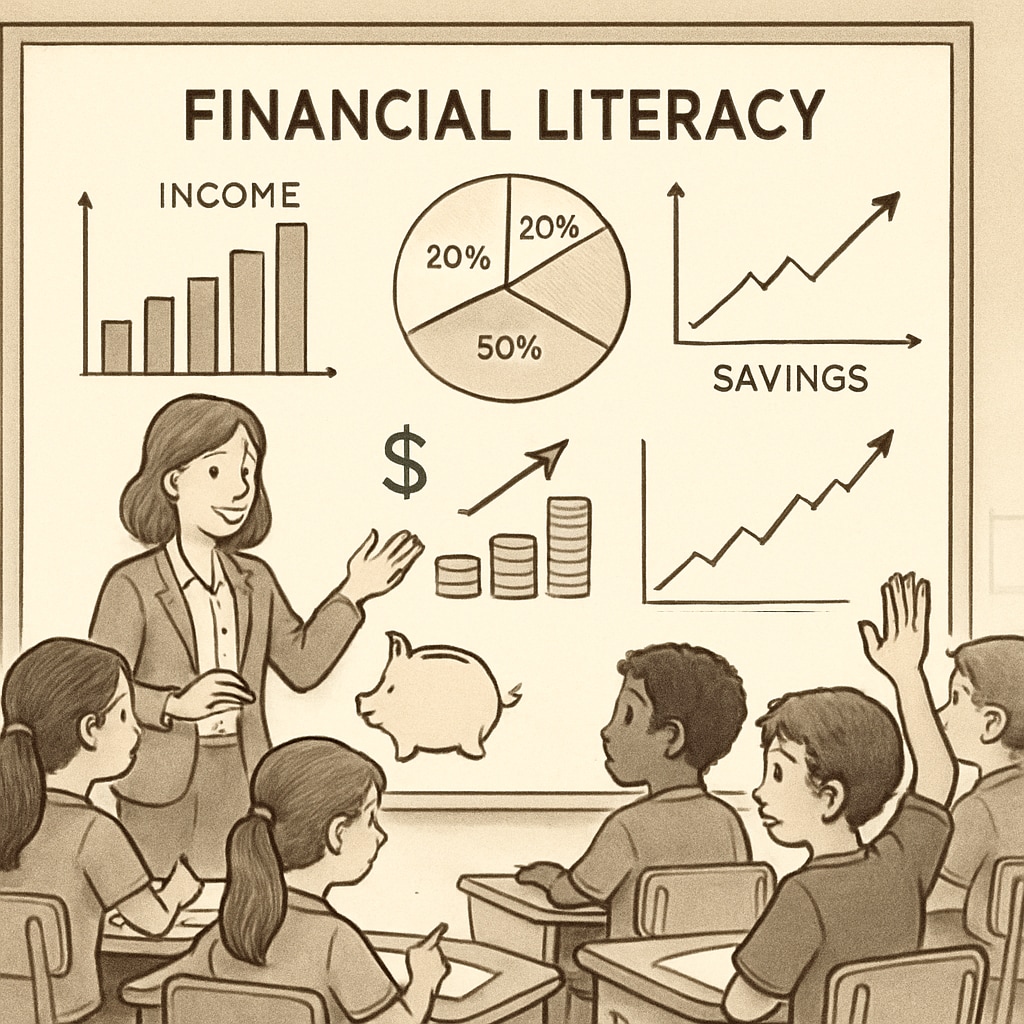In today’s information-driven era, mastering business analysis, financial literacy, and career planning has become essential for preparing students to navigate future challenges and opportunities. By fostering these skills at the K-12 level, educators and parents can provide students with the foundational tools required to excel in their professional lives while maintaining a healthy balance between academics and personal growth. This article delves into strategies for integrating business and financial education into K-12 curricula and extracurricular activities, ensuring students are equipped for the demands of the modern world.
The Importance of Business Analysis and Financial Literacy
Business analysis (the process of identifying business needs and solutions) and financial literacy (understanding and managing personal finance) are critical skills in the 21st century. These competencies are no longer exclusive to corporate professionals; they are essential for everyone from entrepreneurs to everyday consumers. Early exposure to these concepts helps students develop analytical thinking, problem-solving abilities, and decision-making skills, which are valued across industries.
For example, financial literacy equips students with tools such as budgeting, saving, and investing. Similarly, business analysis encourages logical reasoning and the ability to assess opportunities through data-driven insights. These skills not only prepare students for careers in business and finance but also empower them to make informed choices throughout their lives.

Integrating Business and Financial Education into K-12 Curricula
Effective integration of business analysis and financial literacy into K-12 education requires a balance of theoretical learning and practical application. Here are some actionable strategies:
- Project-based Learning: Introduce case studies and simulations where students analyze real-world business problems or create budgets for fictional ventures.
- Dedicated Courses: Offer elective courses in economics, entrepreneurship, or personal finance to expand students’ understanding of key concepts.
- Collaborative Activities: Encourage group projects where students work together to solve business challenges or plan financial strategies.
- Gamified Learning: Use financial literacy games and apps to make concepts engaging and interactive.
Moreover, schools should collaborate with industry professionals to deliver guest lectures or workshops that provide students with real-world insights into business and finance.

Balancing Academic, Career, and Personal Development
While cultivating business analysis and financial literacy is crucial, students must also maintain a healthy balance between academics, extracurricular activities, and personal time. Overloading students with excessive coursework or extracurricular commitments can lead to burnout and hinder their overall development. To achieve this balance, educators and parents can focus on the following:
- Time Management: Teach students effective time management techniques, enabling them to prioritize tasks and allocate time for study, hobbies, and relaxation.
- Mindfulness Practices: Incorporate activities like meditation and journaling to help students manage stress and maintain focus.
- Supportive Environment: Create an environment where students feel encouraged to explore their interests without fear of failure.
- Flexible Learning Pathways: Allow students to customize their learning experiences by choosing electives or extracurricular programs aligned with their interests.
By nurturing both academic and personal growth, students can develop a well-rounded perspective that prepares them for the complexities of adulthood.
Preparing Students for Future Career Opportunities
As the job market evolves, the demand for professionals skilled in business analysis and finance continues to grow. Careers in data analysis, financial planning, and entrepreneurship offer lucrative opportunities for individuals with these competencies. To help students take advantage of these opportunities, K-12 education should emphasize practical skills, such as critical thinking, adaptability, and collaboration.
In addition, educators and parents can guide students in career exploration by introducing them to tools like aptitude tests, mentorship programs, and internships. These resources provide valuable insights into potential career paths and help students understand how their skills align with industry needs.
As a result, students who receive early exposure to business analysis and financial literacy are better equipped to succeed in competitive industries and adapt to the rapid pace of technological change.
Readability guidance: Use concise paragraphs and bulleted lists to summarize key points. Ensure smooth transitions between sections with connectors like “therefore,” “in addition,” and “for example.” Maintain a conversational yet professional tone throughout.


